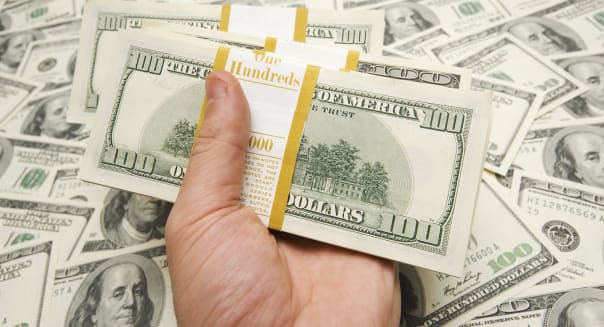Why Defensive Stocks Aren't Safe Anymore

By Simon Constable
Nervous investors should think twice before diving into so-called defensive stocks, especially those securities with high dividends. You might end up putting more risk into your portfolio than you realize.
Stocks that have less volatility than the overall market and pay higher dividends than most other stocks are often seen as a way to reduce risk in a portfolio. Traditionally, these are found in the defensive sectors, including consumer staples, utilities and health care.
Given the state of the world, it's easy to see why investors would want to get defensive. The war in the Middle East is certainty getting hotter. Cities are under the threat of terrorist attacks, and tensions between Russia and Turkey increased when Turkey shot down a Russian warplane on the Syrian border. Meanwhile, the European economy still looks saggy and the once-fast growing Chinese economy is decelerating. And the Federal Reserve looks set to start raising the cost of borrowing money sooner rather than later.
Sectors are trading at high multiples. The problem is that "the defensives are expensive," says Ramona Persaud, portfolio manager for Fidelity Global Equity Income fund (FGILX), the Fidelity Dividend Growth fund (FDGFX) and the Fidelity Equity Income fund (FEQIX). Many of the traditional stock sectors that might once have helped reduce risk in a portfolio are trading at relatively high multiples.
She warns that investors could easily lose more money from a declining stock price than they gain from a healthy dividend.
%VIRTUAL-WSSCourseInline-1003%In fact, that may already have happened to some investors. The Utilities Select Sector SPDR exchange-traded fund (XLU), which tracks a basket of utility stocks, has retreated around 10 percent this year, while the broader Standard & Poor's 500 index (^GSPC) of major stocks is up slightly over the same time. Contrast that loss with the current 3.6 percent dividend yield on the fund. Clearly, those holding the fund since the beginning of the year would have resulted in a net loss, not including the effect of taxes.
Over the years, the Fed's low interest-rate policies forced yield-seeking investors toward dividend-paying stocks like utilities, bidding up prices and valuations, explains Jeff Carbone, senior partner and founding member of Cornerstone Financial Partners, a wealth management company in Charlotte, North Carolina.
That yield seeking effect is now happening in reverse, with investors selling their holdings in anticipation of what Carbone says is an "imminent increase" in interest rates by the Fed. To reiterate, the pullback in dividend stocks like utilities was happening before the Fed has actually done anything. That anticipation of future event is normal in the stock market.
How do you find dividend stocks now? "Let's find something with a similar yield that is growing," says Mike Boyle, head of asset management at advisory Advisors Asset Management in New York. It is better to find stocks that are growing their income and will likely use those increased earnings to boost the dividend. "Focus on areas with strong earnings and income growth, like technology," he says.
A good example of a company that is growing earnings and has a huge potential to grow its dividends is Apple (AAPL).
Using the combo approach also tilts the scales in the investor's favor in the current market. You pay a lower multiple of earnings for a company that is growing its dividends. For Persaud, the trick is buying quality companies at a bargain. "Dividend growth is just cheaper."
That's why she purchased Israeli generic drug company Teva Pharmaceutical Industries (TEVA), which she purchased at a discount relative to U.S. pharmaceutical giants Bristol Myers Squibb Co. (BMY) or Pfizer (PFE).
Know the warning signs. Whenever you invest with the expectation of receiving dividends, you need to be on the lookout for potential problems.
"Usually when the yield gets unreasonably high, that's a telltale sign something is wrong," says Eric Ervin, CEO of ETF provider Reality Shares in San Diego.
For instance, if a stock usually yields 3 percent, but suddenly shows a 6 percent dividend, then that could be a sign that investors expect the dividend to be cut in half. Again, investors discount expected future events.
You should also look to see whether the payout of dividends as a ratio of earnings is sustainable. Companies do need to retain some of their income for capital expenditures and to buy back stock. If the payout is too high for too long, then management may be stretching things too far and it could eventually result in a dividend cut.
The average payout ratio of dividends to earnings is now around 40 percent for the S&P 500, Ervin says. Normally, it's more like 50 percent, he says.
Simon Constable is a columnist and author. In addition to following the financial markets, he likes to watch his cat play with string. You can follow him on Twitter @simonconstable.
